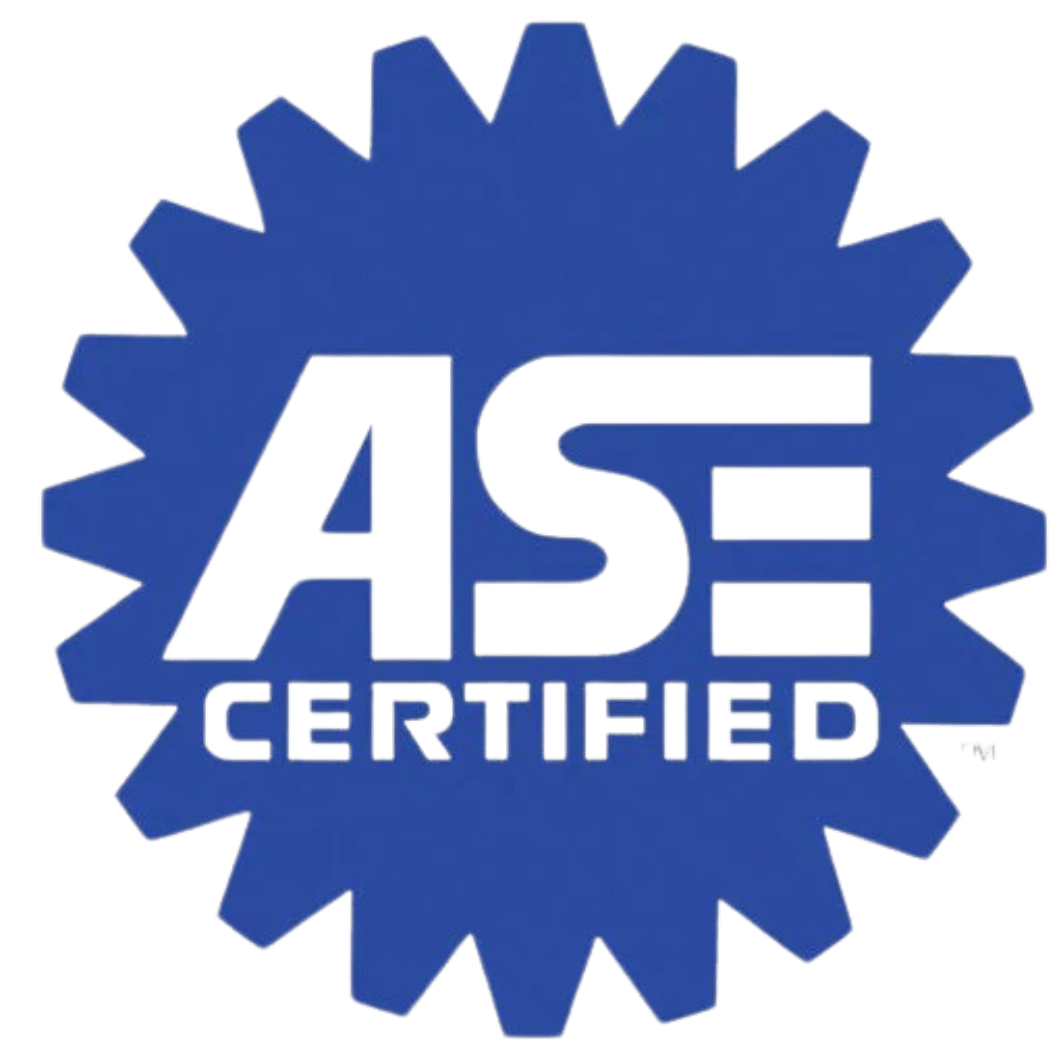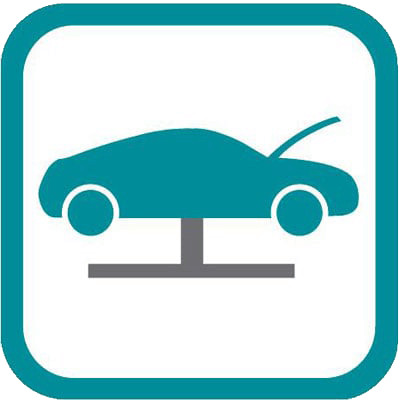Can My Flat Tire Be Fixed?

At some time or another, most people will experience a flat tire on their car. Flats can happen for a variety of reasons, and the good news is that in most cases, tires that have gone flat can be repaired. However, not all tires can be repaired. In this blog, let’s take a look at the various […]
Catalytic Converters

For nearly fifty years, the catalytic converter has been an essential component of an automobile’s emission and exhaust system. These devices have also been in the news in recent years, as they are frequently stolen from the underneath of cars. What is a Catalytic Converter? First appearing onto the automotive scene around 1975, a catalytic converter is an […]
What’s the Difference Between Conventional vs. Semi-Synthetic Oil?

When it comes to the maintenance of vehicles, motor oil, and oil changes are imperative. Motor oil is essential for properly lubricating a car’s engine, at all temperatures and speeds. There are many different types of motor oil on the market today, including conventional, synthetic, and semi-synthetic blends. No matter what kind of car you […]
Should I Have My Car Inspected? 6 Great Reasons To Do It

Modern cars are extremely complex machines, with many systems and components working together to make your vehicle operate at top performance. As cars age and accumulate miles, it is very important they be regularly inspected to ensure safety and proper operation. In fact, 15 states in the U.S. legally require that cars be inspected to […]
Why is My Check Engine Light On?

You are driving your car down the freeway, and everything seems to be fine. Then suddenly the Check Engine Light illuminates on the dashboard. When this issue occurs, it is important that you address this problem in a timely manner. In this blog, we will take a look at what to do when your Check Engine Light […]
Why is My Car Leaking Coolant?

One of the most important components of your car’s engine is its cooling system, as it is responsible for preventing the motor from overheating while driving. If you happen to notice, a bright green or orange fluid on the ground under your car, you could have a coolant leak and should get the issue addressed […]
Why Your Car’s Engine Is Making a Rattling Noise

Why Your Car’s Engine Is Making a Rattling Noise Are you hearing a rattling or pinging sound from your car? Is the noise coming from the engine area? An engine rattling noise can be a sign that something is wrong, and should be addressed as soon as possible. Let’s take a look at some possible […]
Why Does the Inside of My Car Smell Like Gas?

If the inside cabin of your vehicle smells like gasoline, it could be a sign that there may be more significant problems, and you should address them as soon as possible. While the smell of gas fumes on occasion isn’t as alarming, a strong odor from inside the vehicle should be investigated right away. […]
How To Know If Your Brakes Need To Be Replaced

The brake pads are an essential factor in your braking system. They protect the rotor from damage and distribute heat from friction. Many problems could arise if the brake pads are worn down more than a quarter of an inch. The metal “wear indicators” making friction with the rotor can cause warping or cracking. Without […]
Why You Should Avoid Potholes on the Road

The months of December- April are considered pothole season. Potholes are formed in the pavement due to the expansion (freezing) and contraction (thawing) of ground water from rain and snow, and from heavy traffic. While potholes usually only develop to a depth of a few inches, if they become large enough, they can cause damage […]


